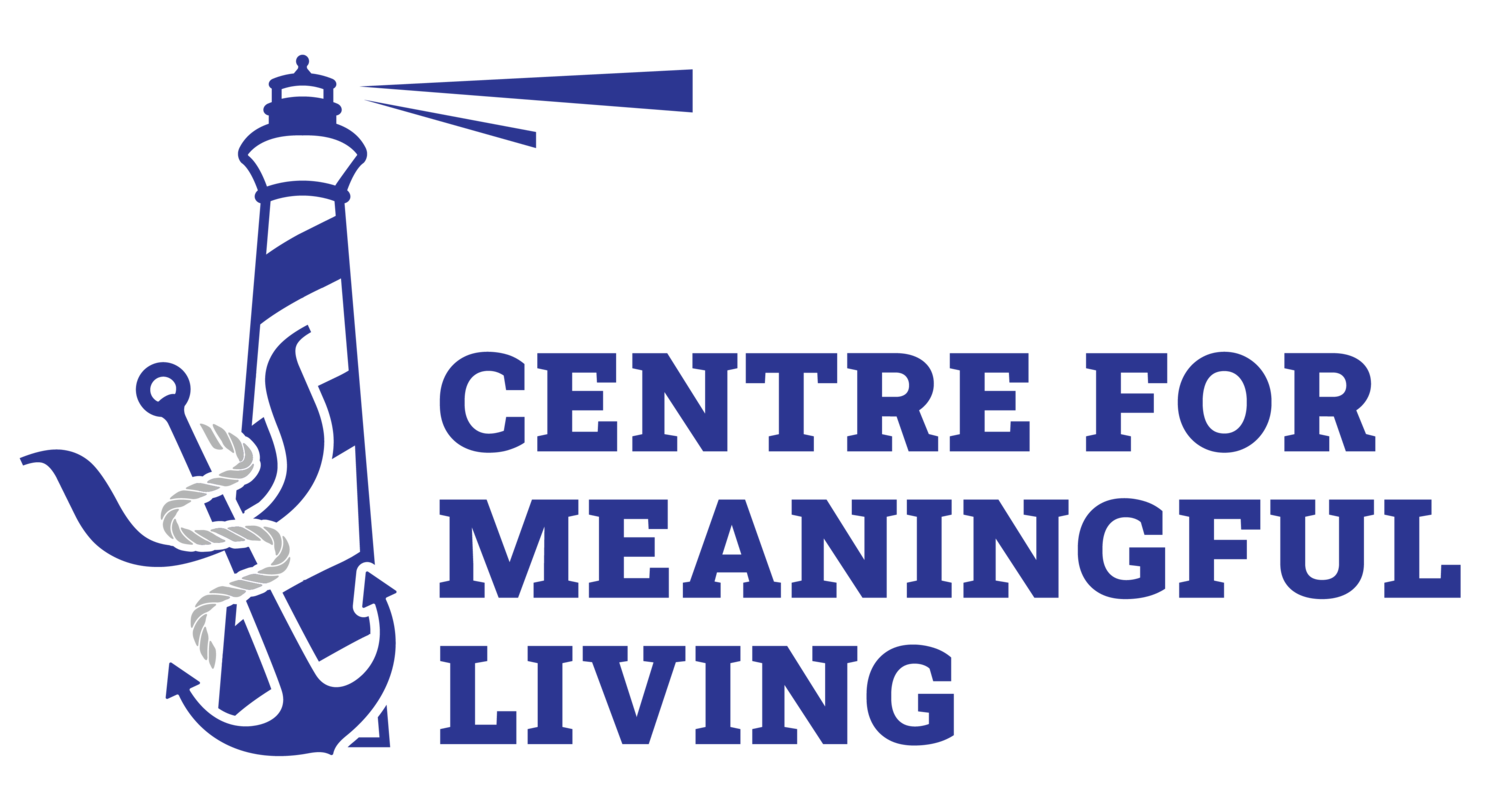Trauma
When we experience trauma in childhood (e.g., childhood abuse), it shapes how we develop and how we learn about the world around us. If we experience, witness, or are exposed to details of a traumatic event(s) later in life (e.g., rape, assault, tragic death of a loved one, working in the capacity of a first responder), it can fundamentally change how we view ourselves, other people, and the world. We might start to feel like the world is unsafe, that other people cannot be trusted, or that what happened is our fault. Our minds generate memories, thoughts, or images of what happened, and these reminders can cause any number of intense emotions, including fear, anger, guilt, and shame. We are constantly on high alert for anything bad that might happen. We startle more easily. We might switch into “fight mode” to protect ourselves. Sometimes these memories, thoughts, feelings, and situations overwhelm us like a tsunami wave. They pull us in and make us feel like we are drowning.
It is like you are watching a horror movie, alone, in an abandoned house, in the dark. Except this is not a movie. It is your life, and this really happened to you.
We start to do things to protect ourselves and the people we care about. We avoid the people, places, and things that remind us of what happened to try to stop all the difficult feelings, thoughts, and memories from showing up. Sometimes we resort to drugs or alcohol to do this. As we allow our mind to take control over what we do and what we say, our life begins to narrow and becomes less enriching. We might withdraw from relationships and stop doing the things we enjoy.
The animation below, created by Dr. Russ Harris, uses a metaphor of a chess board to describe how we struggle with our internal experiences and what we can do instead.
What is trauma?
An individual might develop Post-Traumatic Stress Disorder (PTSD) if they witness or are involved in a life-threatening event(s) or are repeatedly exposed to details of highly distressing events (e.g., as is the case if you are a first responder). This is a very narrow definition of trauma, however. Trauma can include anything that causes or threatens serious physical or psychological harm, and the effects of trauma can manifest in many different ways, such as post-traumatic stress, depression, anxiety, complicated grief, aggression, relationship problems, self-harm, and drug or alcohol addiction.
Having difficult emotions, thoughts, and memories about these events is a completely normal and understandable reaction. If you could not save someone from a burning building or you were assaulted repeatedly at the hands of a partner, having nightmares and flashbacks are completely understandable. Maybe you went through a bitter divorce, and now everything you look at reminds you of them. You feel angry, depressed, and exhausted as you find yourself grieving the loss of an important relationship. Again, these are all normal, human reactions to loss. When it becomes difficult for us to cope with these internal experiences, however - when we allow them to jerk us around and pull us away from what is important to us - the quality of our life decreases.

My Approach
